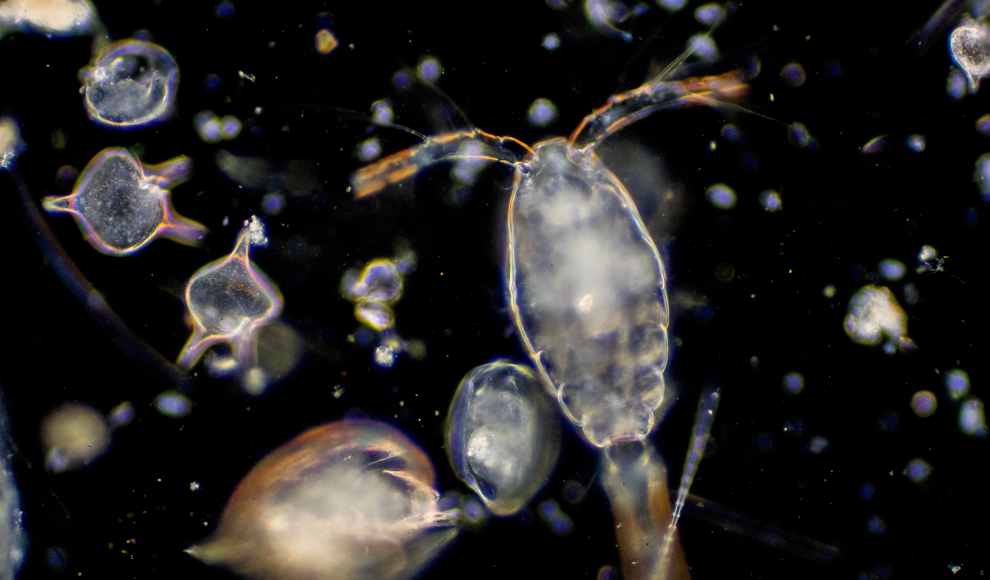The growth and health of phytoplankton, the foundation of the marine ecosystem, is positively influenced by even small amounts of desert dust. Phytoplankton plays a crucial role in the carbon cycle and climate system of the Earth, and changes in its distribution due to climate change have been observed. These microscopic organisms contain chlorophyll and use sunlight for energy through photosynthesis, producing oxygen and binding a significant amount of carbon dioxide. They also form the basis of a comprehensive marine food chain, ranging from microscopic zooplankton to large marine animals such as fish and whales. Natural fertilization processes have been observed to play a decisive role in the growth of phytoplankton, with volcanic ash, glacier flour, forest fire soot, and desert dust causing explosive growth. Researchers at Oregon State University have investigated how this mineral desert dust affects the growth of phytoplankton in the world’s oceans.
The researchers linked satellite data with a highly advanced computer model to gain detailed insights into this natural fertilization process. Phytoplankton, which are microscopic, plant-like organisms that function as a central component of the marine food web, float near the ocean surface and rely mainly on sunlight and mineral nutrients. These nutrients are either washed up from the depths of the ocean or enter the ocean through coastal runoff. Mineral-rich desert dust, transported into the ocean by strong winds, is also crucial for growth. The importance of desert dust is evident in the example of an image taken by the MODIS instrument on board the Terra satellite of NASA on April 8, 2011. It shows Saharan dust over the Bay of Biscay, where a phytoplankton bloom makes the water appear in bright green and blue tones.
According to the findings of the study, dust deposition on the ocean supports about 4.5% of the annual global export production. This value measures the proportion of carbon taken up by phytoplankton during photosynthesis that sinks into the depths of the ocean. In some mid- and high-latitude ocean regions, this contribution can increase to 20-40%. The study highlights the importance of natural fertilization processes, particularly desert dust, in the growth and health of phytoplankton and the marine ecosystem.










